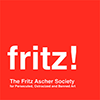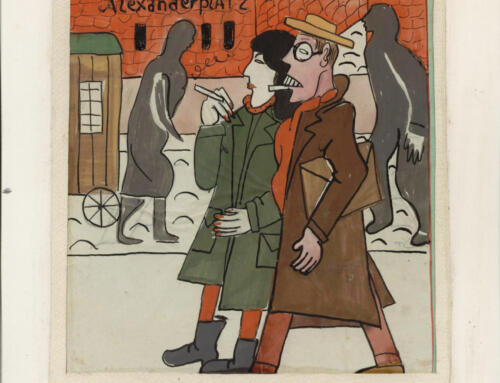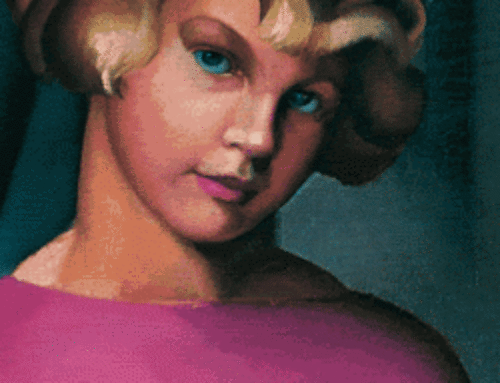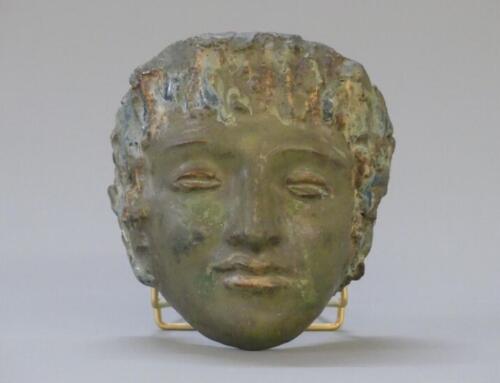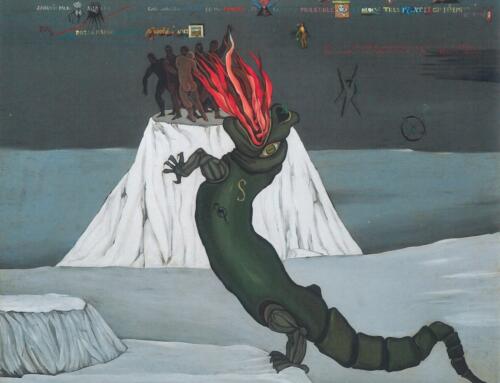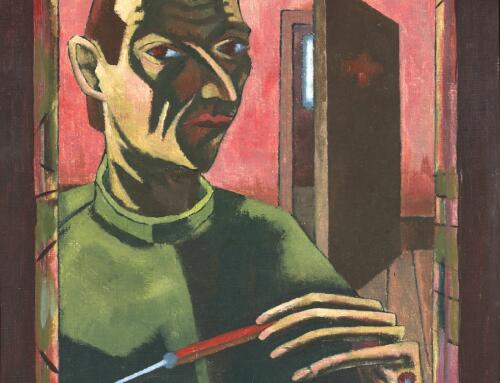Dear Friends,
During these breathtakingly turbulent times, we prepared very diverse online programs for you: we start this month by looking back at US history by discussing immigrant American artist Ben Shahn, then focus on the state of Nazi era art restitution by presenting the much disputed collection of the Jewish art dealer Alfred Flechtheim, and conclude the month with a panel discussion of curator Ori Z Soltes, poet Rabbi Ronnie Cahana, and photographer Kitra Cahana about our Portland (OR) exhibition Survival and Intimations of Immortality: The Art of Alice Lok Cahana, Rabbi Ronnie Cahana, and Kitra Cahana, which is on view until May 25.
First we present the American artist, Social Realist painter, and child refugee from Tzarist-governed Lithuania Ben Shahn, whose artworks address the economic crisis of the Great Depression and the Social Security Act from August 14, 1935 as part of the New Deal program of sweeping social reforms. In 1934, President Franklin Delano Roosevelt stated that “This security for the individual and for the family concerns itself primarily with three factors. People want decent homes to live in; they want to locate them where they can engage in productive work; and they want some safeguard against misfortunes which cannot be wholly eliminated from this man-made world of ours.”
WEDNESDAY, March 12, 12:00PM ET
Art and Conscience in a Time of Upheaval.
Ben Shahn (1898-1969)
A Presentation by Ori Z Soltes, Washington (DC)

Ben Shahn, Detail of the Multi-Panel Mural “The Meaning of Social Security,” 1939-1940, Wilbur J. Cohen Federal Building, Washington, D.C.
Georgetown University professor Ori Z Soltes will speak about Ben Shahn (1898-1969), who arrived in 1906 as a child to the United States from Tsarist-governed Lithuania. Four years after the Tsarist authorities had exiled his father to Siberia for alleged revolutionary activities, his mother managed to bring the family to New York. There they reconnected with Ben’s father who had escaped from Siberia and made it to the US by way of South Africa.
Within 25 years Shahn emerged as perhaps the key figure in the developing arena of American Social Realist painting with a strongly political bent. He became renowned for his championing of left-wing causes and in his later years achieved recognition as a photographer, as well. No artist in the twentieth century more effectively than Ben Shahn simultaneously appreciated his adopted country for its promising possibilities and criticized it stridently for its failures to live up to that promise. His work remains painfully relevant today.
Ori Z Soltes teaches art history, theology, philosophy, and political history in Georgetown University’s Center for Jewish Civilization. He is the author or editor of 31 books, including Jewish American Painters in the Twentieth Century and Welcoming the Stranger: Abrahamic Hospitality and Its Contemporary Implications (with Rachel Stern).
This event is part of the online series “Flight or Fight. stories of artists under repression.”
Later in the month, we focus on the state of Nazi era art restitution by presenting the visionary art collection of the German-Jewish art dealer Alfred Flechtheim and the seemingly never ending roadblocks in the heirs’ fight for restitution:
WEDNESDAY, March 26, 12:00PM ET ONLINE
“There is something mad about the art”
The German-Jewish Art Dealer Alfred Flechtheim and his Heirs’ Fight for Restitution
Presentation by Journalist Michael Sontheimer, Berlin (Germany)

Oskar Kokoschka, Marquis Joseph de Montesquiou-Fezensac, 1910. Return of the painting by Moderna Museet in Stockholm to Flechtheim-Heir Michael Hulton in 2018
Alfred Flechtheim was born in 1878 in Münster to a wealthy Jewish grain dealer. He chose not to continue in the family business and instead opened galleries, first in Düsseldorf and later in Berlin in 1921. He introduced modern French artists like Picasso and Braque to Germany and promoted German painters such as Max Beckmann and Paul Klee. Flechtheim fled Nazi Germany, lived in Paris, and died in London in 1937. For the past 20 years, his heirs have been working to reclaim his valuable collection, facing many challenges.
Join us for journalist Michael Sontheimer’s presentation about Alfred Flechtheim, who was born in 1878 in Münster to a wealthy Jewish grain dealer. Flechtheim chose not to continue in the family business and instead opened galleries, first in Düsseldorf and later in Berlin in 1921. He introduced modern French artists like Picasso and Braque to Germany and promoted German painters such as Max Beckmann and Paul Klee. Flechtheim fled Nazi Germany, lived in Paris, and died in London in 1937. For the past 20 years, his heirs have been working to reclaim his valuable collection, facing many challenges.
Michael Sontheimer was born in 1955 in Freiburg, Germany. He studied modern history and politics at the Free Universität in Berlin. Becoming a journalist, he was one of the founders of the daily newspaper “die tageszeitung”, later he was a staff writer with DIE ZEIT and DER SPIEGEL. He published ten books on political and historical issues like: Goetz Al /Michael Sontheimer: How Julius Fromm’s Condom Empire Fell to the Nazis. Other Press, New York 2009.
We conclude the month by bringing our Portland, Oregon exhibition to you, with a virtual panel discussion:
THURSDAY, March 27, 12:00PM ET ONLINE
Survival and Intimations of Immortality:
Artist and Curator Talk
Moderated by Rachel Stern, New York (NY)
Ticket Fee: $5.00

OJMCHE exhibition installation. Photography by Andie Petkus Photography
Join curator Ori Z Soltes, Rabbi Ronnie Cahana, and Kitra Cahana for a conversation about Survival and Intimations of Immortality: The Art of Alice Lok Cahana, Rabbi Ronnie Cahana, and Kitra Cahana moderated by Rachel Stern.
This unique and powerful exhibition at the Oregon Jewish Museum and Center for Holocaust Education explores the role of art and creativity, bringing the past into the present by focusing on three generations of artists from the same family. The artists and curatorial team will share their insights about the work in the exhibition, how the show was made, and the impact it had, and share more insight into the remarkable life and work of Holocaust survivor Alice Lok Cahana.
This program is co-sponsored by the Oregon Jewish Museum and Center for Holocaust Education and the Fritz Ascher Society and presented as part of Survival and Intimations of Immortality: The Art of Alice Lok Cahana, Rabbi Ronnie Cahana, and Kitra Cahana, on view until May 25, 2025.
Did you miss our February virtual events?
Please watch, re-watch and/or share them here:
Please donate generously to make our work possible. THANK YOU.
The Fritz Ascher Society is a not-for-profit 501(c)3 organization. Your donation is fully tax deductible.
As we learn about history, we are inspired by the strength and resilience of those before us and welcome spring with it’s energy of renewal and growth.
My best wishes,
Rachel Stern
Executive Director
